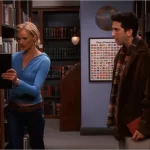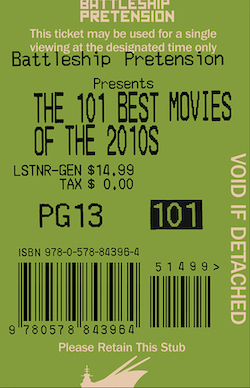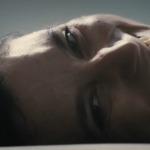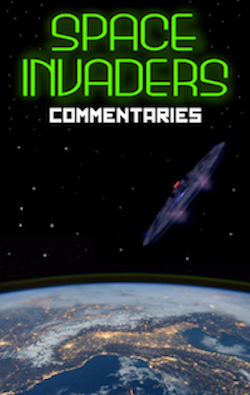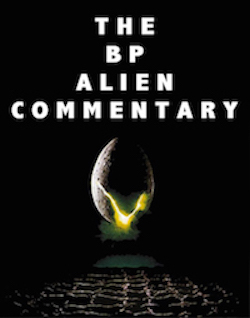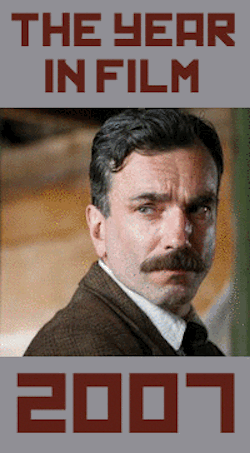Radioactive: The Colour Out of Science, by David Bax
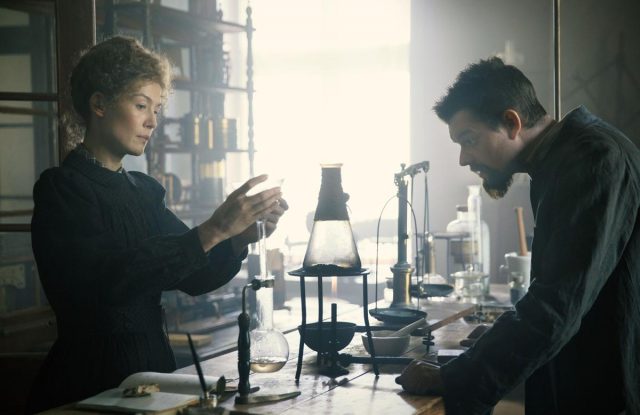
Director Marjane Satrapi does plenty in Radioactive to bring distinction to yet another biopic about a great historical figure. But, even at its core, the story of Marie Curie stands apart simply by being an eccentric genius tale in which the eccentric genius is a woman. And, in Satrapi and screenwriter Jack Thorne’s telling (adapted from Laruen Redniss’ book), Curie’s eccentricity and genius define her more than her gender does.
Radioactive follows, at least superficially, a familiar arc. Curie (Rosamund Pike), then Marie Sklowdowska, studies chemistry in Paris, encounters resistance from the academic establishment (personified by Simon Russell Beale’s Professor Lippmann) and meets fellow scientist Pierre Curie (Sam Riley), who recognizes the promise of her research and lends his assistance and, eventually, his hand in marriage. The Curies discover two new elements, radium and polonium, pioneer various uses of radioactivity and win Nobel prizes both before and after Pierre’s early death.
In keeping with her previous work, both good (Persepolis) and bad (Chicken with Plums), Satrapi provides the aesthetic of a fantastical puppet show. It’s especially apt here, as her visual effects–even the CGI ones–have a handmade, stop motion feel that suggests they were as lovingly labored over in a laboratory as Curie’s experiments. Satrapi expands on these formalistic equations by employing shadowy vignetting in the corners of the frame, inventing in-camera effects like Marie and Pierre touching chins in silhouette to form a heart between their throats and lighting the film in the shades of old-fashioned, hand-painted tinting to mimic the look of the silent films that would have been new at the time.
That creates a purposeful and rewarding tension with Radioactive‘s largely electronic score. Evgueni and Sacha Galperine’s music isn’t intended to be corny or science fictiony; in truth, it’s the least affected element in the whole film. Synthesized music has become commonplace enough that it no longer seems anachronistic in period films, especially when it’s this good.
Speaking of affectations, though, Satrapi’s most attention-grabbing–and likely to be her most divisive–swing is to include flash-forward sequences to the ways in which the Curies’ discoveries will be put to use in the years to come. From cancer treatments to nuclear bombs, Radioactive puts Pierre’s stated goal to do “more good than harm” to the test.
With scenes set in Hiroshima and Chernobyl, it appears that the harm outweighs the good, which lends a nauseous irony to the movie’s triumphant, honorific biographical structure. Satrapi’s eye for mixing beauty with sickly dread and the suggestion that Marie Curie unleashed an ancient, dormant horror on mankind makes Radioactive a new subgenre all its own, the Lovecraftian biopic.






